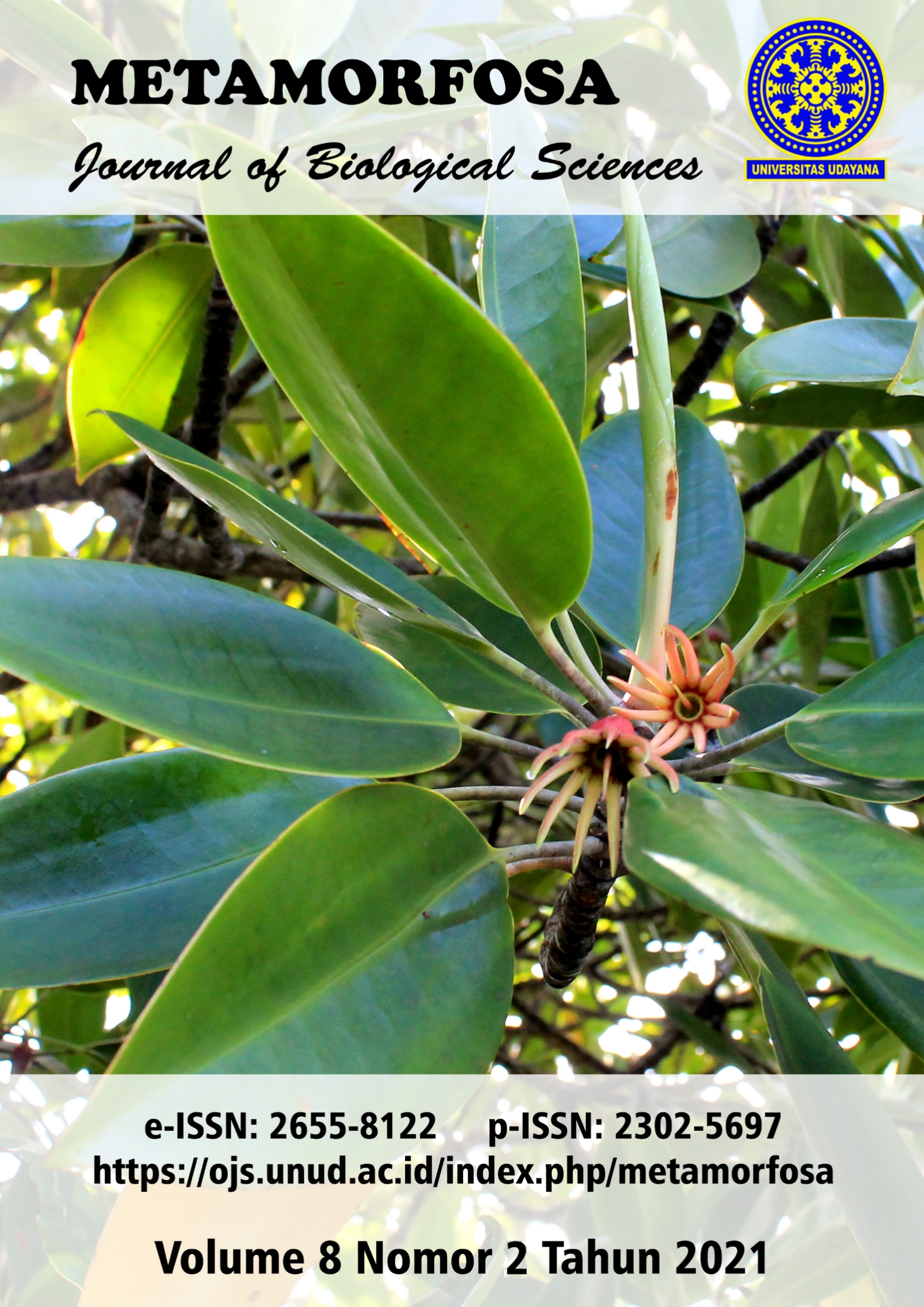Malacca Fruit (Phyllanthus emblica) Serum Extract Formulation as Anti Aging
Abstract
Serum is slightly viscous liquid product which can be applied to facial skin. The use of serum has been in great demand among women and becomes one of the routine treatments. As time goes by, there are many people irresponsible for selling serum products. The is produced with chemicals that do not suit the dosage or adding active ingredients which can trigger skin problems. Some skin problems that could arise are black spots, fine lines and aging. To reduce the impact of those skin problems, the writer makes serum that based”back to nature” in which herbal ingredients are prioritized as one of the alternatives safe serum formulations. One of the alternative ingredients is called Malacca (Phyllanthus emblica) this fruit is believed to have a high antioxidant so that it can slow down the aging it is also can be served as an anti aging serum. The method used in this study is the DPPH trial and phytochemical trial. The results showed that the extract of Malacca was classified as a strong antioxidant with antioxidant activity value 143.557%, IC50 value of 38.664 ppm, flavonoids of 4.6123%, tannins of 112.21%, vitamin C 27.0625%, antioxidant activity of serum F1 0, 0008%, F2 0.0121% and F3 0.0103%. The viscosity test showed a value of 15,000 mPars, the pH in serum F1 was 4.79; F2 5.00; F3 5.75. Serum homogeneity test showed good homogeneity and hedonic test on 3 serum samples (F1, F2 and F3) with 30 probandus. The most optimal result is serum F3 with a concentration of 1.5%.





